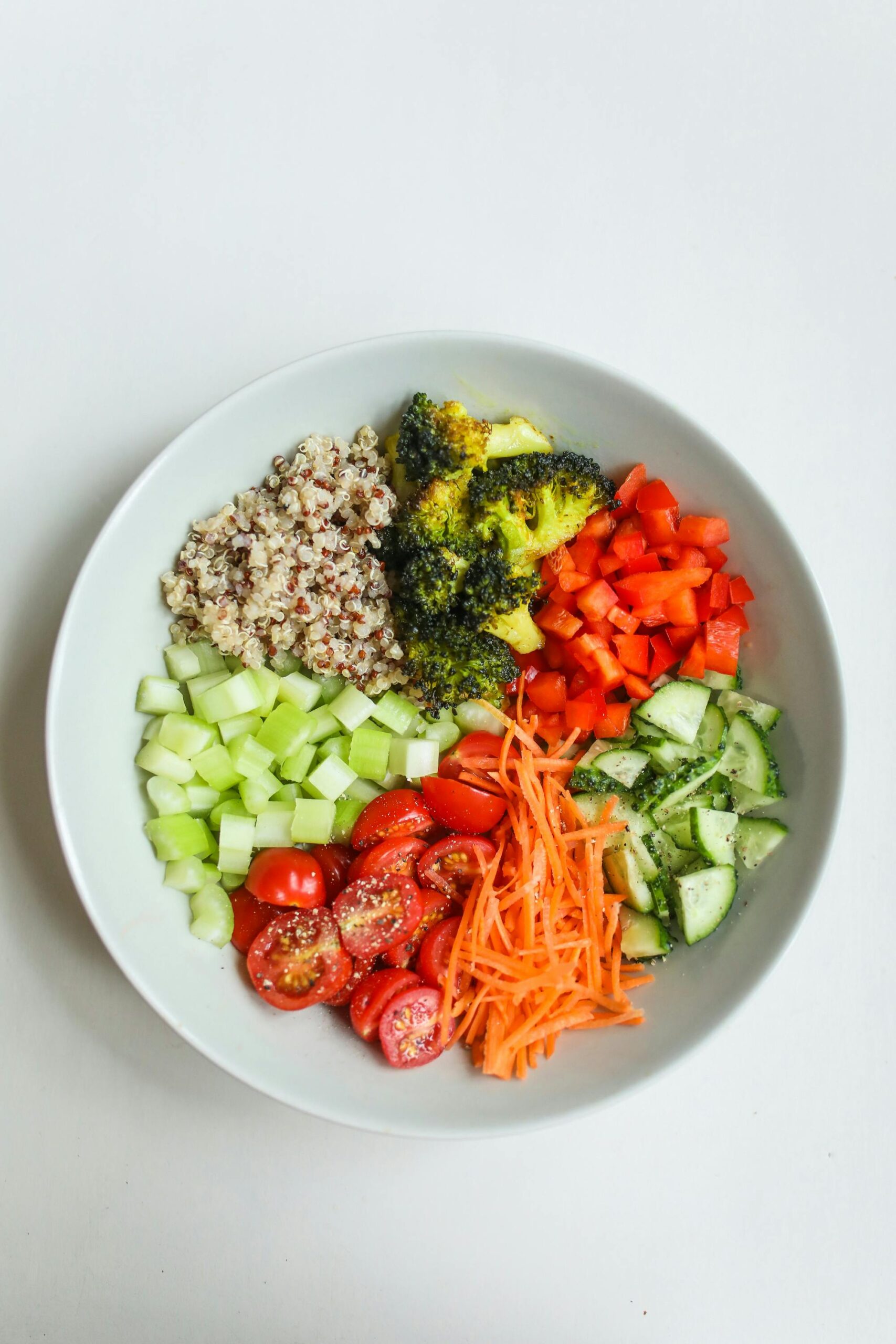Blog
Study of the mechanisms of cell migration and growth
The National Institute of General Medical Sciences, a division of the National Institutes of Health (NIH), has awarded Yubing Sun, associate professor of mechanical and industrial engineering at the University of Massachusetts Amherst, a $1.9 million Maximizing Investigators’ Research Award to support her exploration of the fundamental principles behind the process of closing injury- or growth-induced gaps between cells. This research has the potential to accelerate advances in our understanding of wound healing, cellular regeneration therapies, and embryonic development.
The gaps studied are 0.5–5 millimeters in size, which is more physiologically relevant and relatively enormous in this field.
“Usually when people study these gap-closing processes, they leave a super tiny gap – just a few cells. This is bigger – not just a few cells, but thousands or more.”
Yubing Sun, Associate Professor, Mechanical and Industrial Engineering, University of Massachusetts Amherst
“Our biggest goal here is to get a really good theoretical understanding of: What are the individual contributions of the individual factors to this process?” he says. “When multiple factors are involved, which one regulates the others?”
As an example of the gap-closing process, he points to the closing of the neural tube during embryonic development. “It’s a well-studied process in animal models, but as engineers, we want to introduce a more controlled environment to study how individual factors regulate this process,” he says. Typically, in animal studies, researchers would manipulate different genes to see how that affects development. “But everything changes at the same time,” he explains. “It’s really challenging to control individual factors.”
Instead, Sun and his team plan to create controlled mechanical and biochemical environments to study one factor at a time. These factors include things like forces, gap geometry, and matrix and tissue stiffness.
While the research itself focuses on understanding the underlying processes of gap closure, Sun points to several areas where this research could support future progress.
One future application is wound healing. Sun says there’s already a device that uses a vacuum cup to stretch the skin to speed up the closure process, but they don’t fully understand how it works. “A lot of the parameters are empirical right now, but if you understand the process, you can design around the principle and everything becomes more productive,” he says.
Another direction this research could take is cellular regeneration. Sun points out that newborn mice and zebrafish have hearts that can regenerate after injury. “Imagine closing that gap or wound, and the cells on the surface of the heart can differentiate into muscle cells in the heart,” he says. “But humans don’t have that ability.” A deeper understanding of the gap-closing process could inspire future therapies for heart cell regeneration.
Sun points to mechanomedicine, drugs that can mimic mechanical cues, which he hopes to replicate in his lab, as a possible outcome based on his current basic research. “You’re not directly using the mechanical cues, but you’re using a drug to mimic the effect,” he says.


